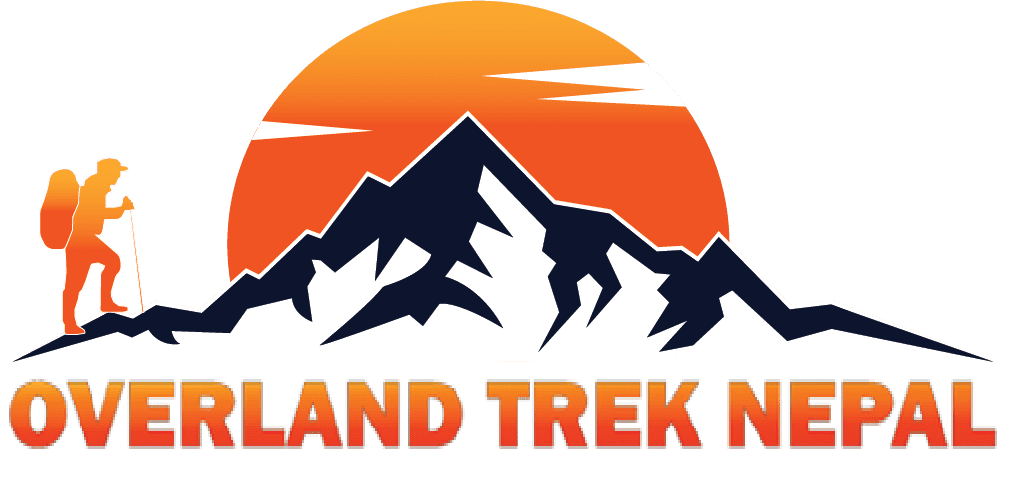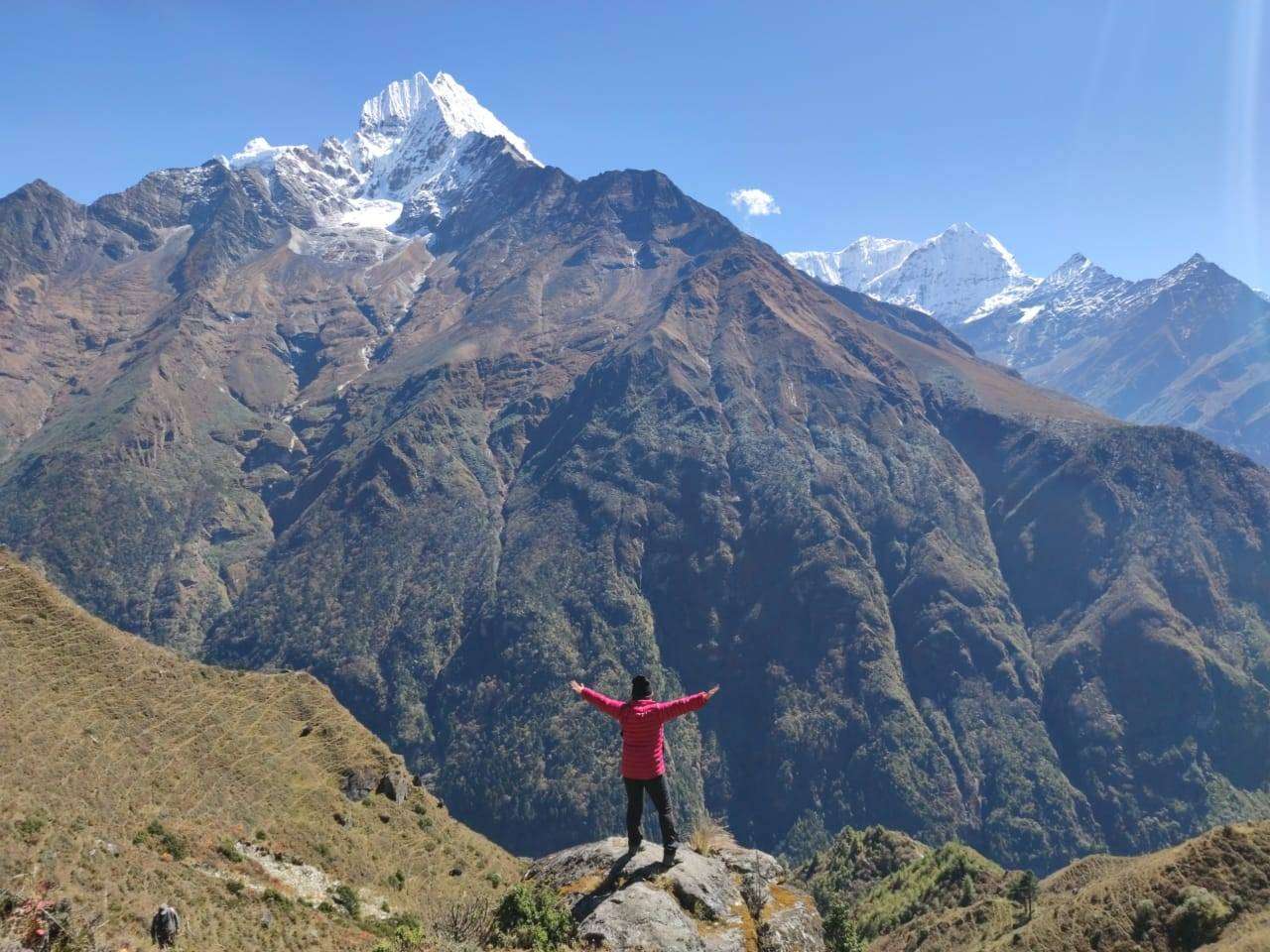
Trekking Guide
Trekking in Nepal is the most popular activity. Every year thousands of foreigners visit the country to see the majestic mountains of the Himalayas. Due to this, there are hundreds of travel agencies offering trekking guides. So, you need to learn a few things before hiring a trekking guide, which this article will help you learn.
What is Trekking?
In simple terms, trekking means a multi-day hike in the mountains. Trekking is most popular in areas where road transportation is not available. In most parts of the world, trekking only allows you to enjoy the wilderness and beautiful scenery. However, in Nepal, trekking is not only a wilderness experience but also the cultural one.
Throughout the trip, trekkers will visit numerous ethnic villages. There, they can learn about the different cultures and traditions. Also, the ethnic religion of Nepal has dishes exclusive to their culturewise.
Moreover, the Himalayas is quite different than other parts of the world. The sceneries, vastness of the Himalayan mountains, the amazing different viewpoints, the relaxed lifestyle, and travel fulfillment. These contribute to the fact that many travelers who come to Nepal for the first time describe their experience as life-changing.
Popular Trekking Regions
Nepal has numerous trekking regions. Among them, the most popular ones are the Everest and Annapurna regions. The Annapurna region is the best choice for the beginner trekker as the Everest region has a longer trail and is at a higher altitude.
However, if you are physically fit and handle the height, beginners can also handle the trek to the Everest region. Besides these two, there are also other popular trekking regions like Manaslu, Mustang, etc.
Best Time for Trekking in Nepal
Trekking in Nepal is available every season. However, there is a season when you can trek more easily and get gorgeous views of the Himalayas.
The best time to trek in Nepal is in the Autumn season. The Autumn season spans from September to Mid-November in Nepal. During this season, the trails are at their finest. Moreover, you will get the best view possible of the Himalayas. Also, the temperature during this time is moderate, and you won’t have to worry about rainfall.
The autumn season is the best time for trekking. However, it is possible to trek every season. But, we recommend that travelers trek during the fall season. During this season, the trails are slippery, making it much more challenging to trek. Also, with clouds hovering all over, you will have very little chance to get good views of the mountain ranges.
Organizing Your Trek
You need to get a permit for most treks in Nepal. Rules might vary according to the trial. So, a foreigner can’t learn everything about the area. Hence, we recommend you hire a local trekking guide or plan the trip with a trekking agency.
Trekking agencies will organize everything required for your trek. In Overland Treks, we offer different kinds of treks depending on your time, budget, and personal fitness. Moreover, if you hire a trekking agency or a trekking guide, you don’t have to worry about getting lost on the trail.
Is hiring a guide mandatory while trekking in Nepal?
No, it is not mandatory to hire a guide while trekking in Nepal. However, this might vary according to the trial. Most of the trails in Nepal haven’t made it mandatory to hire a guide. However, few trials have mandated a guide.
But, most popular regions like the Everest region, Annapurna region, and Langtang don’t require a guide while trekking. Some regions that require a guide are Manaslu Circuit, Dolpo, Upper Mustang, and Kanchanjangha.
However, even these regions have proper infrastructure nowadays. You can easily find most of the places marked in Google Maps. in addition, you will find teahouses, lodges, and settlements within only a few minutes to a few hours of walk apart.
Preparations like making a route plan, knowing the routes, prioritizing safety, and staying in touch with someone you know will make it almost impossible to get lost. If you are an experienced traveler, then you can easily trek in Nepal without a guide. However, if you are not comfortable traveling to a foreign place alone, you need to hire a guide.
Why Hire a Guide?
- Support the local economy
Travel agencies in Nepal use local guides for your trip. When you hire a local guide, you will be supporting the livelihood of that person and their family.
Although Nepal is rich in natural beauty, it still lacks proper development. So, hiring a local guide will contribute to the development of a person, which contributes to the development of the community and subsequently the whole nation.
- Learn about hidden trails
Local guides know trails inside out. They might even know some exclusive spots. They are also familiar with the recent changes in the path, weather conditions, and patterns, and are skilled to maneuver you to safety.
They know the hidden locations and best viewpoints and even share startling facts about local attractions, geography, history, and culture. Thus, if you hire a guide, they can take you to places you might not even come near if you had traveled solo.
- Connect with the Local Culture
All local guides have adequate knowledge of the culture. Most local guides even work in their birthplace. This makes them the best person for you to interact with the place’s culture. The guides can narrate magical folklore, myths, and real stories from the mountains.
In addition, they will help you interact with the local families and teach you about the lifestyle of the natives. Furthermore, hiring a local guide allows you to learn the local culture and tradition firsthand.


[…] give you a thrilling experience. Everest Region Trek, Annapurna Region Trek, Langtang Region Trek, Manaslu Region Trek, etc. are the popular and demanding trekking regions in […]
[…] beauty of Nepal in a short time. It is for those people who want to begin their trekking journey. Trekking in Nepal is a bit more difficult than hiking. Normally the hiking destinations are at low altitudes. Walking […]
[…] There are many trekking trails in Nepal that are best for beginners. Everyone can get the taste of trekking in Nepal. Nepal offers you from difficult trekking trails to really easy ones. The easy treks in Nepal allow […]